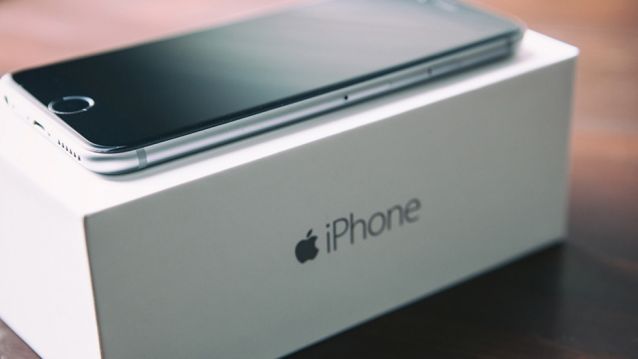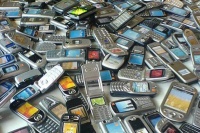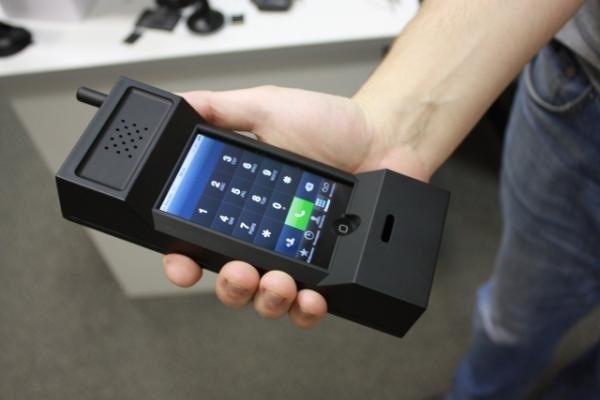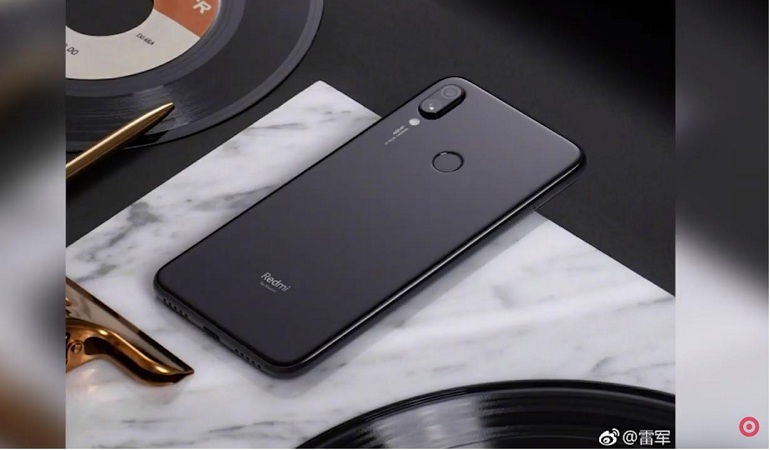Who created the first working computer?
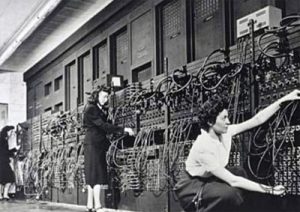 With a computer now you will not surprise anyone. The usual home appliance, like a TV or phone. Apparently, in a few years these three devices will merge into one.
With a computer now you will not surprise anyone. The usual home appliance, like a TV or phone. Apparently, in a few years these three devices will merge into one.
That will be the joy of my beloved niece Natalie! Now she has a hard time. It is not easy to simultaneously chat with friends on Facebook, chat with other friends on the mobile phone and look at the TV screen.
When I once told her that in my time, computers were the size of a room, in a pinch, with a desk, she looked at me incredulously. I suspect that she secretly considers: the first computer was created by the great Steve Jobs. Created from the dust of the earth, breathed life into it and ordered: “Be fruitful and multiply.”
The name of Steve Jobs (1955–2011) is known to almost everyone. The names of other people who made no less for the computerization of the world are almost unknown to the general public. In the summer, together with my niece, we watched the opening of the Olympiad in London. The British demonstrated their country’s contribution to world civilization. When the inventor of the World Wide Web, Tim Berners-Lee, appeared on the scene, my niece asked who this man was. “Inventor of the Internet,” I replied to her and read surprise in her eyes. Is the Internet (in the form to which it is accustomed) someone invented and invented more recently?
Yes, my dear Natalie, I remember how the Earth was formless and empty, because there was no Internet on it. I will say more, just sixty years ago was born the great-great-grandfather of your laptop. He was born in Germany, and he had the strange name Z-1. By the name of the creator, Konrad Zuse (Konrad Zuse) (1910-1995).
Konrad Tsuze “fell ill” with his invention in childhood. His first invention, the coin changer, he invented when he was a schoolboy. The idea of creating an automatic calculator working on a given program came to Zuse when he was studying at the Berlin Higher Technical School in Charlottenburg. I think that many who studied at a technical school and were engaged in numerous calculations, the idea of facilitating their work visited more than once. In 1973, my classmate Vitya Bandurkin even bought a commissioning calculator, Felix, for his own money to make calculations. Electronic calculators have not yet been, although electronic computers already existed. Largely due to the dedication and hard work of Konrad Zuse.
Upon completion of the course in 1935, he became an engineer at the Henschel Aviation Enterprise, which was located in the Berlin suburb of Schönefelde. Here a young engineer was filled up with aerodynamic calculations. The more reinforced in the thought of the need to create an automatic calculator. After working at the factory for only a year, Konrad quit in order to start designing his dream car.
In 1938, the first computer was built. In fact, it was everything that makes a computer a computer. Zuse decided to perform calculations in the binary system, thanks to which it became possible to use as a simple computing element not a gear with ten teeth, as in an adding machine, but a mechanical switch having only two positions: on and off. It was more simple, and therefore more reliable.
In the computer, Zuse was a separate block of memory and a panel with which data was entered. Data was also entered from punched tape, which served as a 35-mm film. K. Zuse personally punched holes in it. This unit weighed 500 kilograms, and one multiplication operation produced in five seconds. Slightly faster than man! The main achievement could be considered that the Z-1 worked. Unreliable, but worked!
In 1939, the Second World War began and K. Zuse was mobilized into the army. True, he served for several months, after which he was able to convince the military commanders of the need to create computers for automatic calculations in aerodynamics, aircraft construction and artillery. In the same year, he manufactured the second model of his computing device, the Z-2. It can be considered a working prototype of a computer. The element base of the Z-2 were several thousand telephone relays.
The first fully functional programmable computer was the next model, the Z-3. Zuse showed it in Berlin on May 12, 1941. It was a success, it was a breakthrough! Similar American cars, the Mark I and ENIAC, appeared only three years later.
But the programmable computer to anyone in the warring Germany was not needed. K. Zuse was able to adapt his invention for the production of calculations at the Henschel company, but when he spoke of the fact that if the electronic lamps were used instead of the relay, the speed of the calculations would seriously increase, no one was interested. Things at the front were such that one had to hope only for some kind of miracle weapon. Which, fortunately for humanity, Germany did not have.
Computer Z-3 was destroyed during the bombing in 1944. The indefatigable K. Zuse set about creating the fourth model. He was counting on mass production, but the war was nearing its end.
